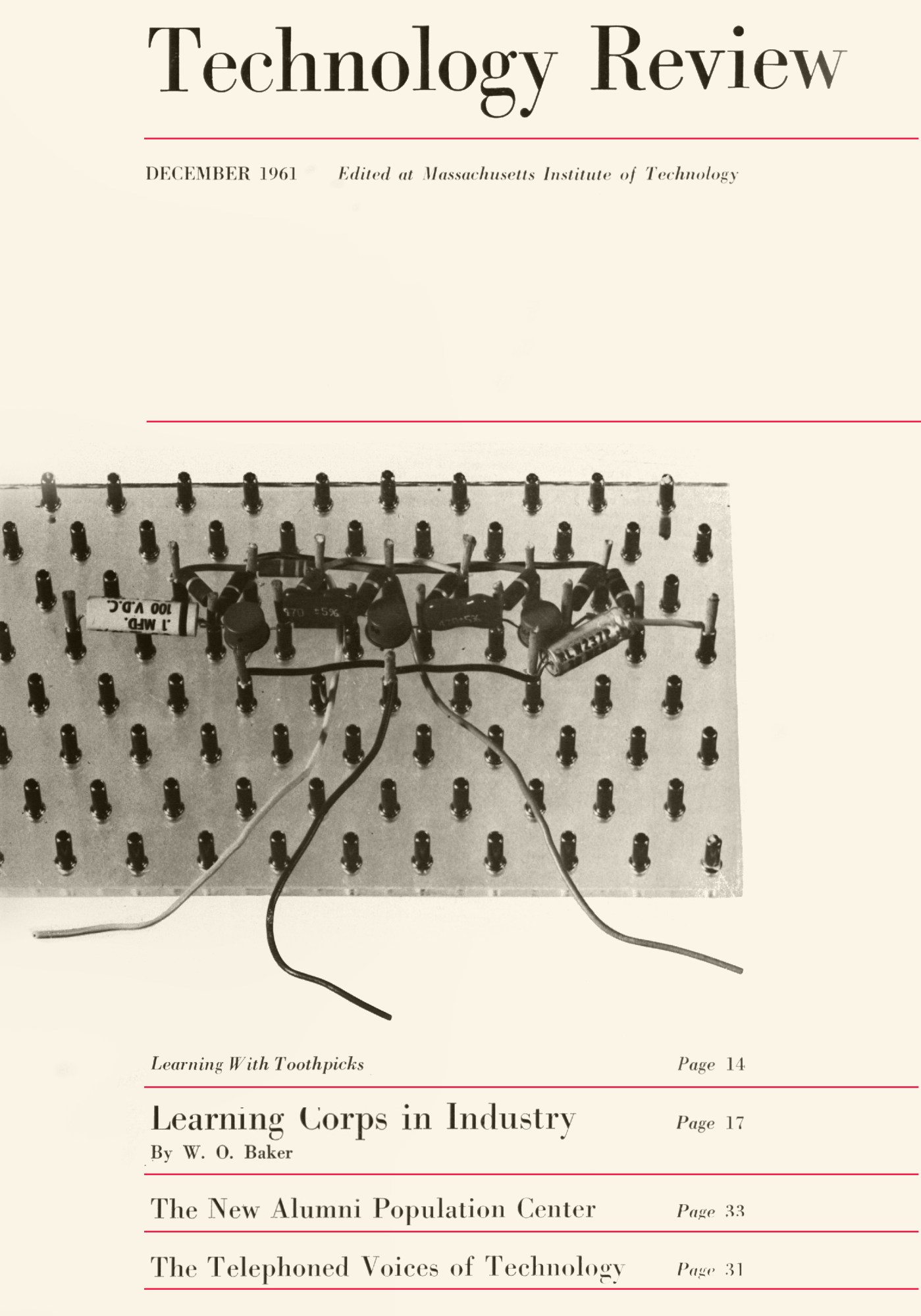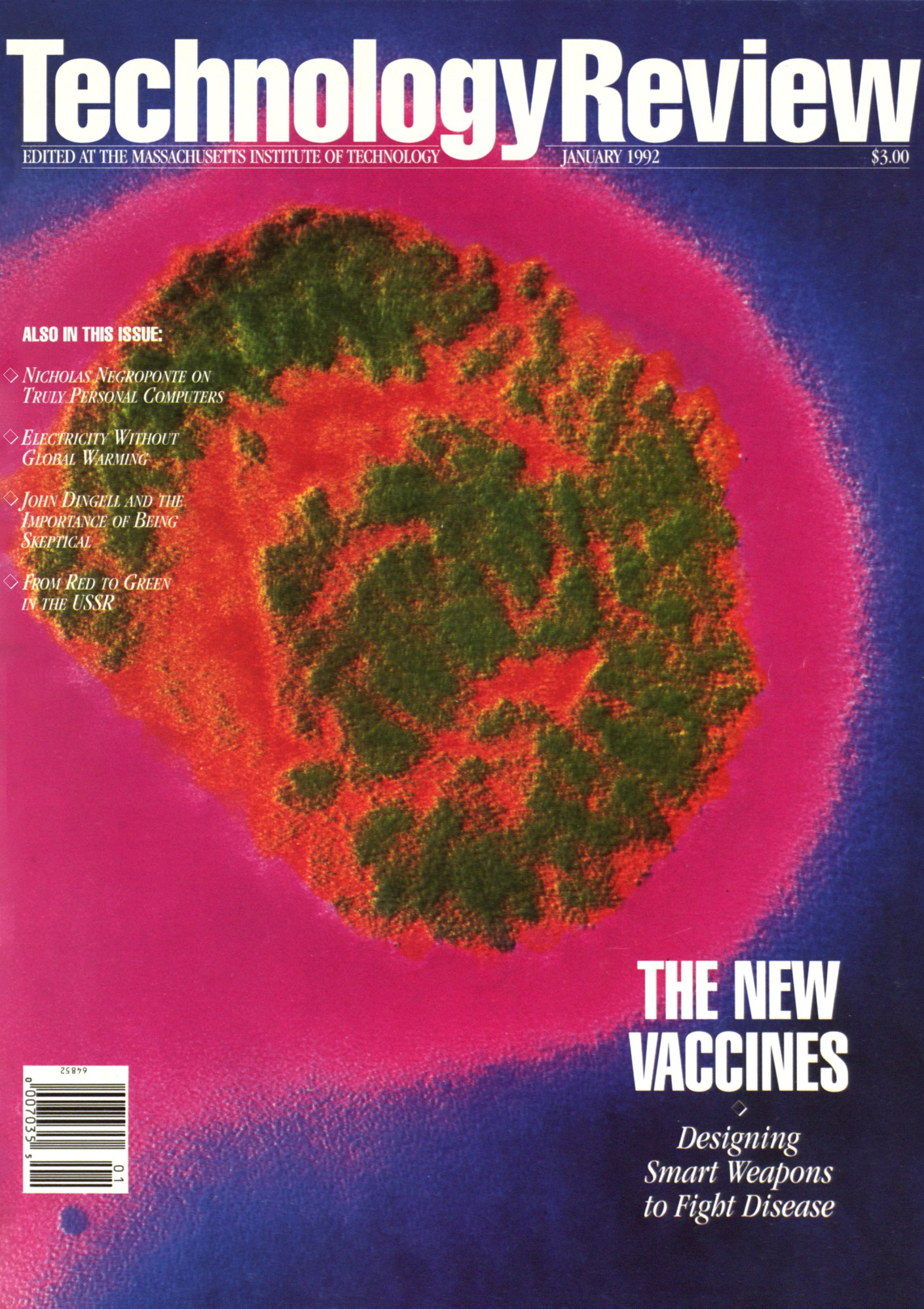From the archives
Through the decades the development of a vaccine has always been a major milestone, making it all the more remarkable that we invented multiple covid-19 vaccines in less than a year.

From “The Potential of Nations,” December 1961: The national potential of a country includes more than its ability to produce raw materials and consumer goods, to provide and maintain public safety, and to protect its population from internal and external enemies. A nation also has a cultural potential when promotion of the sciences and the arts is a part of the national mission.
In Western nations the discovery of a new sub-atomic particle is considered a national accomplishment. The discovery of polio vaccine has been celebrated as a national accomplishment even more than any discovery in physics or chemistry. When an anthropologist, in the years to come, studies “the American way of life,” he will probably find that the social prestige of the medical research worker exceeds that of any other research worker, entertainer, or sports hero.

From “Should the Government Make Vaccines?” January 1992: Fear of a looming health crisis is prompting policymakers to take a look at the nation’s vaccine needs. One solution: supplement private vaccine production with a National Vaccine Authority that would oversee development and distribution of vaccines that are too risky or unprofitable for industry to make.
The idea has been proposed before, only to be overwhelmed by industry objections. But September 11 has changed the debate. “The anthrax terrorism event clearly exposed the weaknesses we have in the development and production of vaccines that are important for fighting terrorism, and at the same time dramatized that we have significant problems with vaccines that are important for the civilian sectors,” says Kenneth Shine, president of the Institute of Medicine.

From “The New Vaccines,” May 2002: The major challenge to developing an AIDS vaccine may well be that HIV infects the very cells, the helper T lymphocytes, that control much of the immune response. HIV also introduces its own genetic blueprint into that of the T lymphocyte, making the infection of that cell permanent.
And unlike the way infected cells typically respond to most invaders, a fraction of cells carrying HIV may not produce the viral proteins that alert the immune system. Moreover, HIV can baffle the immune system by rapidly changing portions of its enveloping protein.
Despite these problems, we have substantial reason to expect that a human vaccine can be developed. After all, the immune system makes a strong effort to destroy the virus through the action of antibodies and lymphocytes.
Keep Reading
Most Popular
Large language models can do jaw-dropping things. But nobody knows exactly why.
And that's a problem. Figuring it out is one of the biggest scientific puzzles of our time and a crucial step towards controlling more powerful future models.
How scientists traced a mysterious covid case back to six toilets
When wastewater surveillance turns into a hunt for a single infected individual, the ethics get tricky.
The problem with plug-in hybrids? Their drivers.
Plug-in hybrids are often sold as a transition to EVs, but new data from Europe shows we’re still underestimating the emissions they produce.
Stay connected
Get the latest updates from
MIT Technology Review
Discover special offers, top stories, upcoming events, and more.